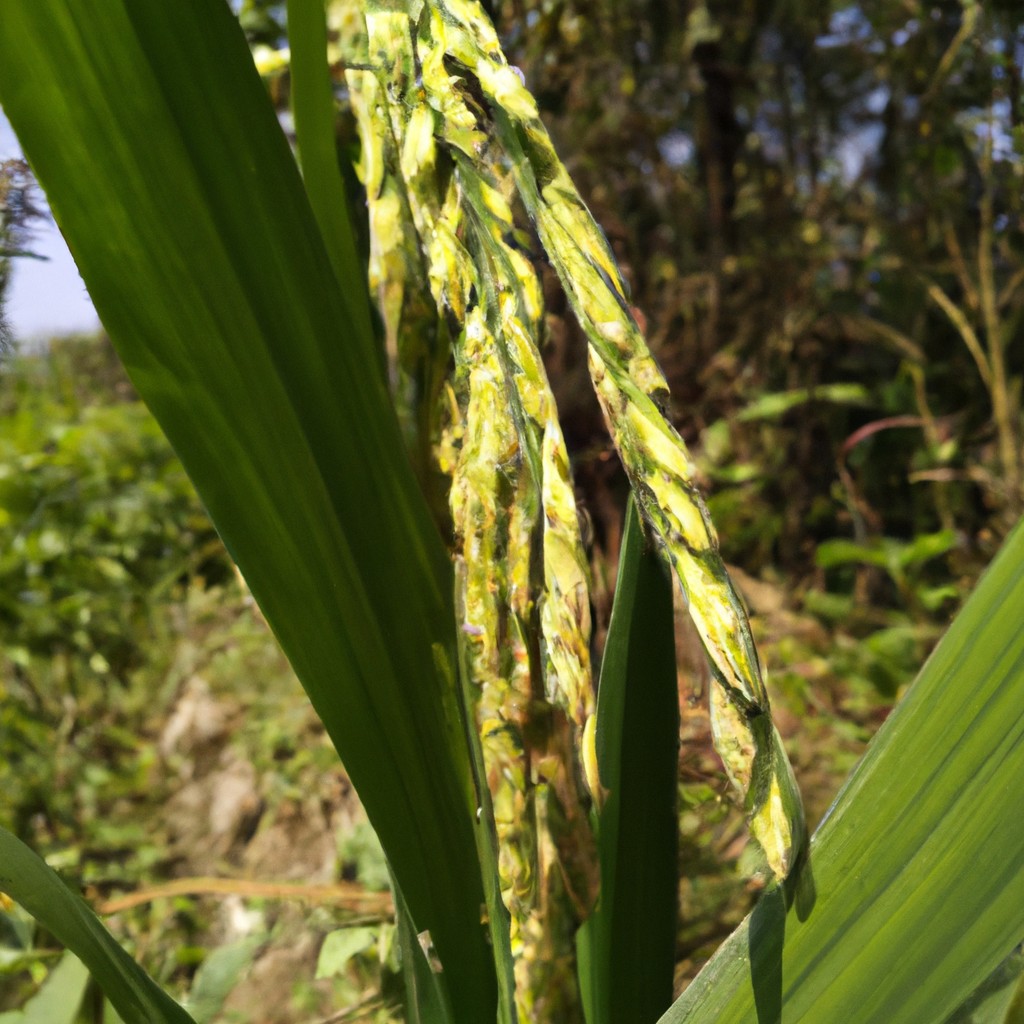This article explains the concept of ‘agriculture antonym’ and provides examples of what might be considered the opposite of agriculture.
Look Inside:
Economic Impacts of Non-Agricultural Sectors

Non-agricultural sectors, such as manufacturing and services, substantially contribute to a nation’s GDP. Unlike agriculture, which can be highly dependent on weather and climate factors, these sectors often offer greater stability in economic contributions. For instance, the tech industry drives innovation and job creation, significantly boosting economic growth.
As urbanization increases, more investments are funneling into non-agricultural sectors, leading to more robust infrastructure and improved living standards. This shift often results in higher average incomes compared to rural, agriculture-dependent areas.
Moreover, the manufacturing sector, pivotal in non-agricultural economic influence, capitalizes on mechanization and efficiency. This sector’s ability to scale quickly can lead to substantial economic upturns, showcasing how diversifying beyond agriculture can stimulate financial health.
In essence, leaning into non-agricultural sectors can offer countries a pathway to diversified, resilient economic portfolios, buffering against agricultural volatility and fostering broad-based prosperity.
Non-Agricultural Versus Agricultural Labor Markets
Agricultural jobs often rely on seasonal cycles and physical labor, primarily outdoors. In contrast, non-agricultural sectors tend more towards year-round, stable employment opportunities that may involve indoor or office settings. This distinction influences worker mobility; those in agriculture might face periods of unemployment dependent on crop cycles, whereas non-agricultural workers could enjoy more consistent employment.
Skill sets also differ markedly. Agriculture demands knowledge of crop and animal care, deeply tied to natural processes and manual labor. Meanwhile, non-agricultural jobs might require skills in digital technology, administration, or specialized machinery, emphasizing technical expertise and often less physical labor.
Wages and benefits show variability too. Agricultural workers may earn less and have fewer benefits compared to non-agricultural sectors, where jobs often come with higher wages and comprehensive benefits, reflecting the differing economic values placed on these types of work.
These contrasts shape the socio-economic landscapes of communities, influencing everything from educational demands to economic stability.
Technological Integration in Non-Agricultural Fields
Technology plays a pivotal role in boosting efficiency and innovation across various industrial sectors. In contrast to agriculture, where technological applications often revolve around improving crop yields and farm operations, non-agricultural fields leverage tech advancements for a broader array of functions.
For instance, in manufacturing, robotics and automation streamline production processes, significantly reducing human error and increasing output rates. These systems manage tasks that are either too intricate or hazardous for human workers, enhancing safety and precision.
In the service sector, particularly in finance and retail, artificial intelligence and big data analytics are increasingly foundational. They help in predicting consumer behavior, managing inventory, and personalizing customer interactions, pushing these industries far beyond traditional business methods.
The healthcare industry also benefits immensely from non-agricultural technology by employing telemedicine, electronic health records, and diagnostic algorithms that improve patient care and operational efficiency.
By integrating cutting-edge technologies, non-agricultural sectors not only optimize their operations but also provide innovative solutions that agricultural technology hasn’t fully embraced yet, thus contrasting distinctly in their application and impact.
Urban Development and Non-Agricultural Expansion
Cities expand, and as they do, they often engulf arable land that was previously utilized for farming. This growth leads to a decrease in agricultural spaces which are then converted into residential, commercial, or industrial zones. This transformation significantly alters the local ecosystem and economy.
An increase in non-agricultural lands typically means more infrastructure like roads, schools, and hospitals. While beneficial, these developments can strain local resources and lead to challenges such as increased pollution and reduced biodiversity.
Furthermore, this expansion supports economic diversification. Cities with a variety of industries can offer more employment opportunities and potentially higher standards of living compared to those relying heavily on agriculture.
However, the spread of urban areas can negatively affect food security. With fewer farms, cities may become more dependent on imported goods, which can be vulnerable to global market fluctuations.
By understanding these dynamics, communities can strive for smarter urban planning that balances growth with sustainability. This ensures a harmonious relationship between urban expansion and agricultural preservation.
Environmental Impact: Agriculture Vs. Non-Agricultural Practices
Agricultural activities often involve significant land use and resource allocation, particularly water and soil nutrients. These practices can lead to erosion, loss of biodiversity, and water scarcity. By contrast, non-agricultural industries, though they also impact the environment, typically involve emissions and waste that contribute to air and water pollution.
Moreover, agriculture usually requires vast open spaces, influencing land cover and sometimes leading to deforestation. Urban industries or services might concentrate their environmental footprints in smaller areas but can intensify local pollution levels and heat.
Both sectors contribute uniquely to environmental challenges. However, innovations such as precision agriculture and greener manufacturing processes are emerging, aiming to mitigate the impacts from both fields. These advancements show promise in aligning economic growth with environmental sustainability.




